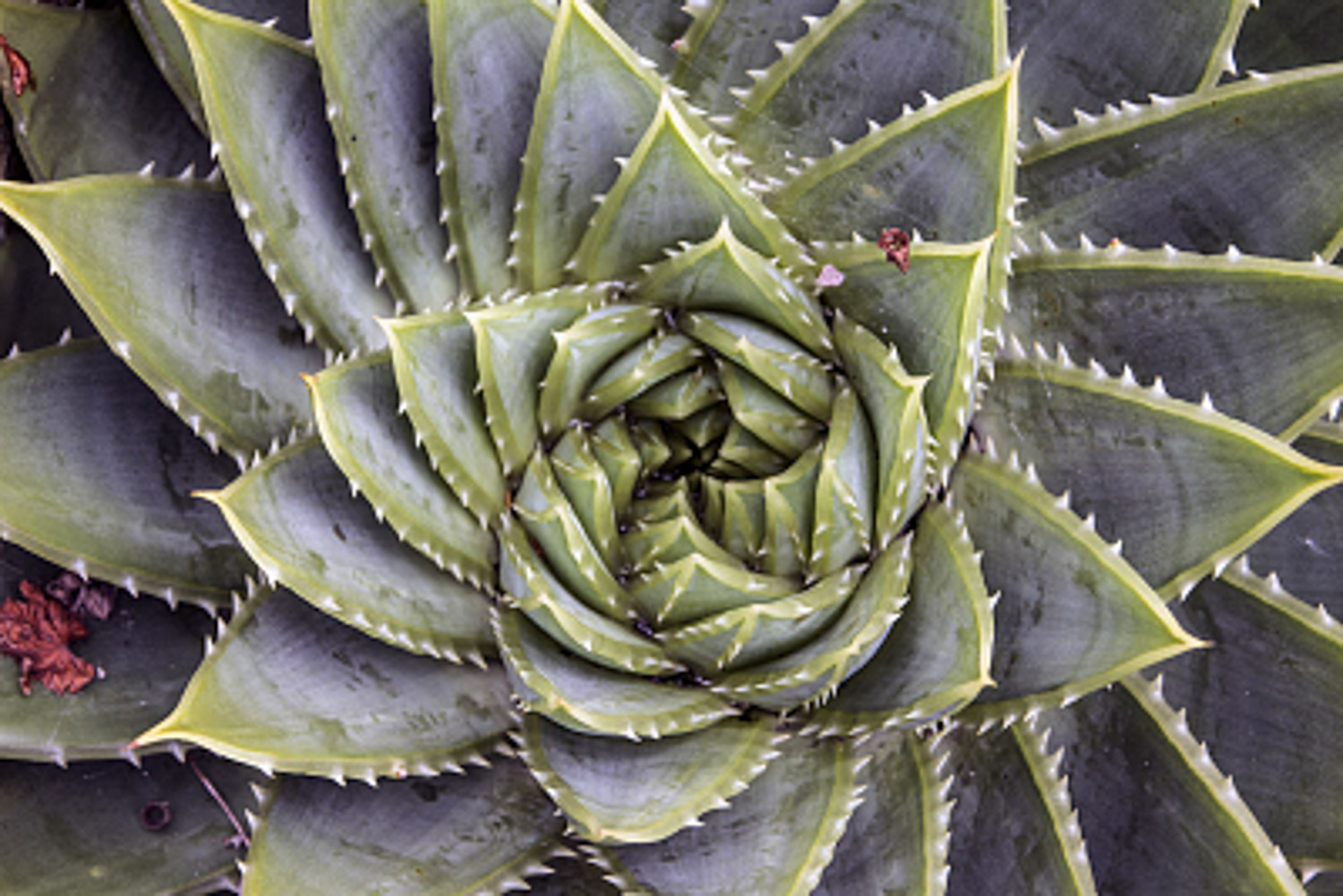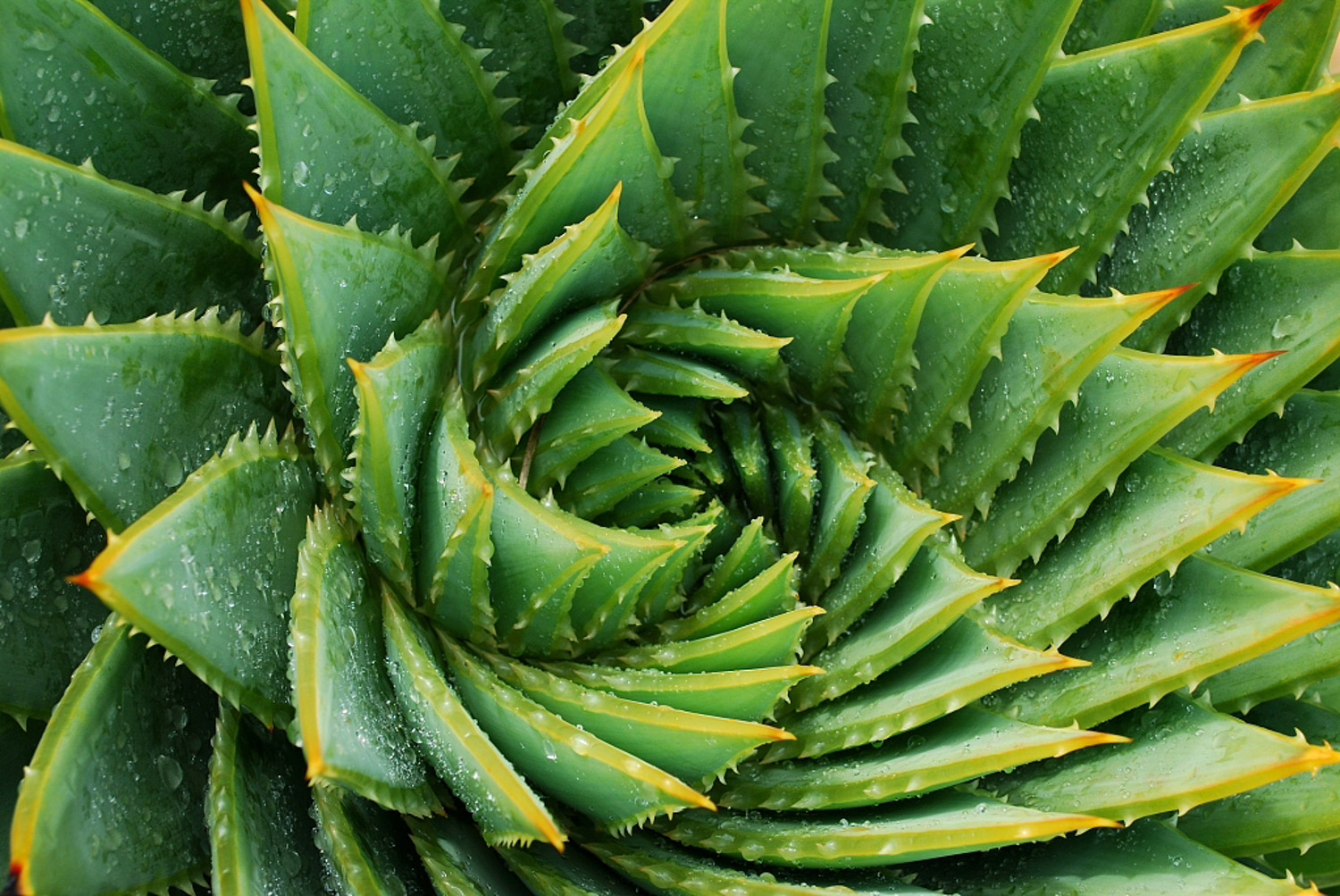1、 Curing method
1. Temperature: it doesn't require high temperature, but if the temperature exceeds 30 degrees, you need to pay attention, because the tolerance of the root of the plant is a little worse than that of the branches and leaves. When the air temperature is 30 degrees, the temperature in the soil will rise because of the tightness of the soil. Therefore, when the temperature exceeds 30 degrees, spray water mist on the plant to help cool down. If the sun is particularly large, shade it

2. Watering: proper water control is conducive to the growth of the plant, especially during its growth period. However, it does not mean that there is no water at all. It is generally given once a week or two. There is not much water. Just wet the soil. The water temperature should be higher during the day than at night

3. Fertilization is not necessary except for the growth period. During the growth period, the sprouting growth is relatively vigorous, and the phosphorus potassium compound fertilizer needs to be used every half a month, so that the test branches and leaves can grow more densely

4. Light: if the light is sufficient, the branches and leaves can grow green and strong, but the amount of light does not need to be too much, generally no more than five hours a day

2、 Breeding skills
1. Reproduction: it can reproduce by sowing. Now put its seeds in the refrigerator for one month, and then sprinkle the seeds on the wet soil without any cover. Then put it in a cool place, spray water mist once, and wait for it to germinate

2. Changing pots: the time of changing pots is determined by its growth rate. Plants that grow faster need to change pots every year. Plants that grow slower need to change pots every two to three years. Its root system is very fragile. Be careful when changing pots, and you can't hurt the root system. When preparing new soil, drainage and air permeability should be considered. In addition, base fertilizer should be added to the soil

3、 Problem diagnosis
1. Insect pests: the most easily infected insect of the queen of Aloe Vera is the core worm. This kind of insect grows in the soil. If the plant is infected, it needs to change the soil and disinfect the old soil

2. Pathological changes: if the branches and leaves turn into water, it may be because there is water in the soil, resulting in the rotten roots of the plant. In this case, it needs to be dug out, the rotten place should be trimmed, and then replanted

4、 Other issues
1. Toxicity: it is non-toxic and can be safely cultured

2. Whether it is suitable for indoor breeding: its volume is too large, and the demand for light is relatively high, so it is not suitable for family breeding


 how many times do yo...
how many times do yo... how many planted tre...
how many planted tre... how many pine trees ...
how many pine trees ... how many pecan trees...
how many pecan trees... how many plants comp...
how many plants comp... how many plants can ...
how many plants can ... how many plants and ...
how many plants and ... how many pepper plan...
how many pepper plan...


























